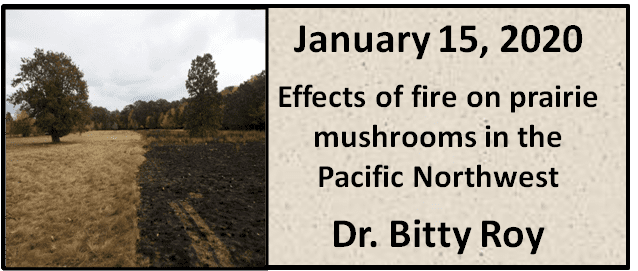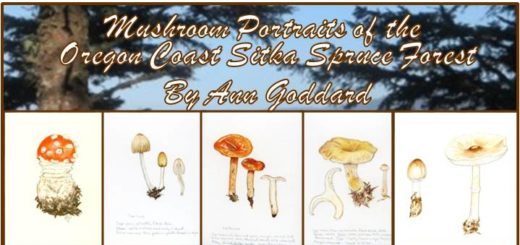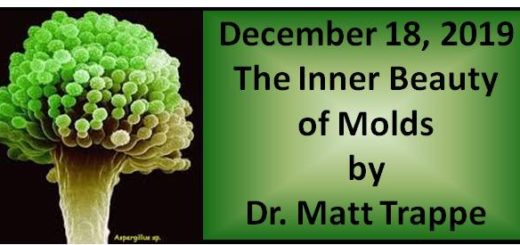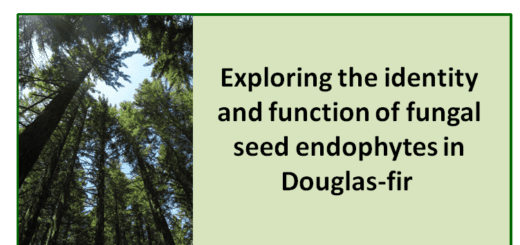CMS Meeting – Jan 15, 2020

- When: Wednesday, January 15, 2020, from 7:00 pm to 9:00 pm
- Where: Amazon Community Center, 2700 Hilyard St, Eugene, Oregon 97405
This event is free and open to the public. There will be a mushroom identification session. Bring what’s in your basket, edible or not, and learn from the experienced members of our community.
It has long been appreciated that remnant Pacific Northwest (PNW) prairies contain a large number of now rare plant species, but it is not known if there are also prairie-associated mushrooms with species of conservation interest. We used a combination of transects along a burn chronosequence (unburned since 1850, burned in 2012, 2014, or 2015) and walking surveys of prairies to begin to determine which macrofungi are associated with PNW prairies and how management affects them. We show that a diversity of fungi inhabit PNW prairies, including rare ones, and that management practices influence aboveground fruiting and belowground community composition.
About the Speaker

Barbara (Bitty) Roy grew up in Castle Creek Valley, near the town of Aspen, back before it was discovered and ruined by movie stars and lots of money. The Rockies have great flushes of late summer boletes, which line the mountain trails like flap-jacks, and contributed to her early interest in mushrooms, as did the finding of a Stemonitis slime mold and being told by her high school biology teacher that it was “rare” (it wasn’t). She finished her undergraduate degree at Evergreen, where Mike Beug nudged her a bit further in the direction of fungi. However, her first foray into graduate school was a degree in Paleobotany at Southern Illinois University. While working on her masters she took Forest Pathology with Walt Sundberg and has not seen the world the same way since. Her PhD work at Claremont Graduate School was an examination of how pathogens influence plant population genetics, and included the discovery of a rust fungus that mimics flowers, which she followed up on with a National Science Foundation Fellowship at UC Davis. Since Berkeley was nearby, she also spent a lot of time in the Bruns lab. Her first faculty position was at the Swiss Federal Institute of Technology, the ETH, which is Europe’s MIT, where she received tenure and continued her work on fungal mimicry. She moved to the University of Oregon in Eugene in 2001, where she has divided her research time between plants and fungi in the local prairies and the ecology of tropical fungi.





